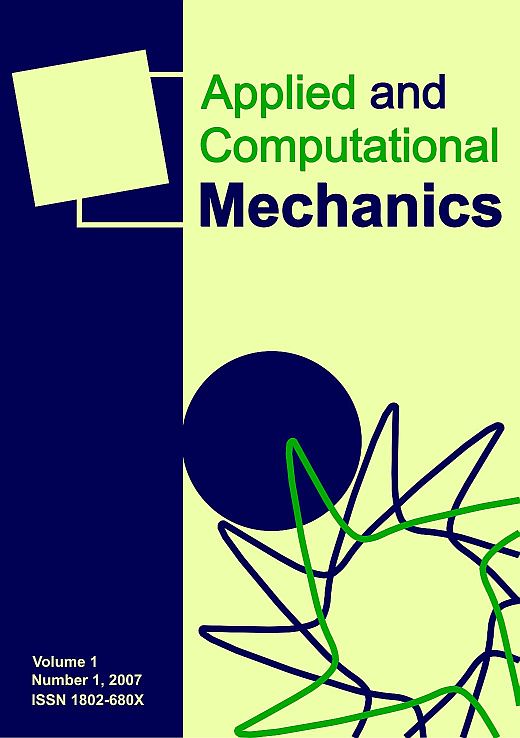On fatigue life predictions for notched members by the nominal stress-based and the local strain-based methods
DOI:
https://doi.org/10.24132/acm.2022.678Keywords:
fatigue strain-based approach, strain-life curves, elastic-plastic stress-strain analysisAbstract
Traditional engineeringmodels for addressing fatigue issues are based on empirical relations between the necessary number of cycles for fatigue failures $N_f$ and either, the nominal stress $\sigma_{an}$ or the local strain $\epsilon_a$ amplitudes. The aim of the present paper is to highlight the advantages of the local strain-based approach $\epsilon N$ for fatigue assessment of notched components over the more traditional stress-based approach $\sigma N$. Since a closed form solution for the ratio between fatigue life predictions among the two methods does not exist, we have considered a hypothetical case study that included variables such as the applied stress, the stress concentration factor and the structural material, and numerically calculated the expected fatigue life according to each approach. In order to highlight the differences related with the stress-strain analysis, the applied nominal stresses (uniaxial) were limited to the elastic region where both methods use approximately the same fatigue strength curve. Additionally a unique and equal function for accounting for themean stress effects was incorporated in both approaches. Fatigue life predictions are expressed in universal graphs of normalized stress versus the $N_f-ratio$, the latter parameter defined as the quotient between the $N_f$ predictions according to the $\sigma N$ and $\epsilon N$ approaches, considering the average values for a group of sixty structural steels at each load level. The results confirm that fatigue life predictions under the traditional stress based approach are conservative when compared to the strain based approach for all the possible scenarios described by the variables involved.
Downloads
Published
Issue
Section
License
Copyright (c) 2022 Applied and Computational Mechanics

This work is licensed under a Creative Commons Attribution 4.0 International License.







